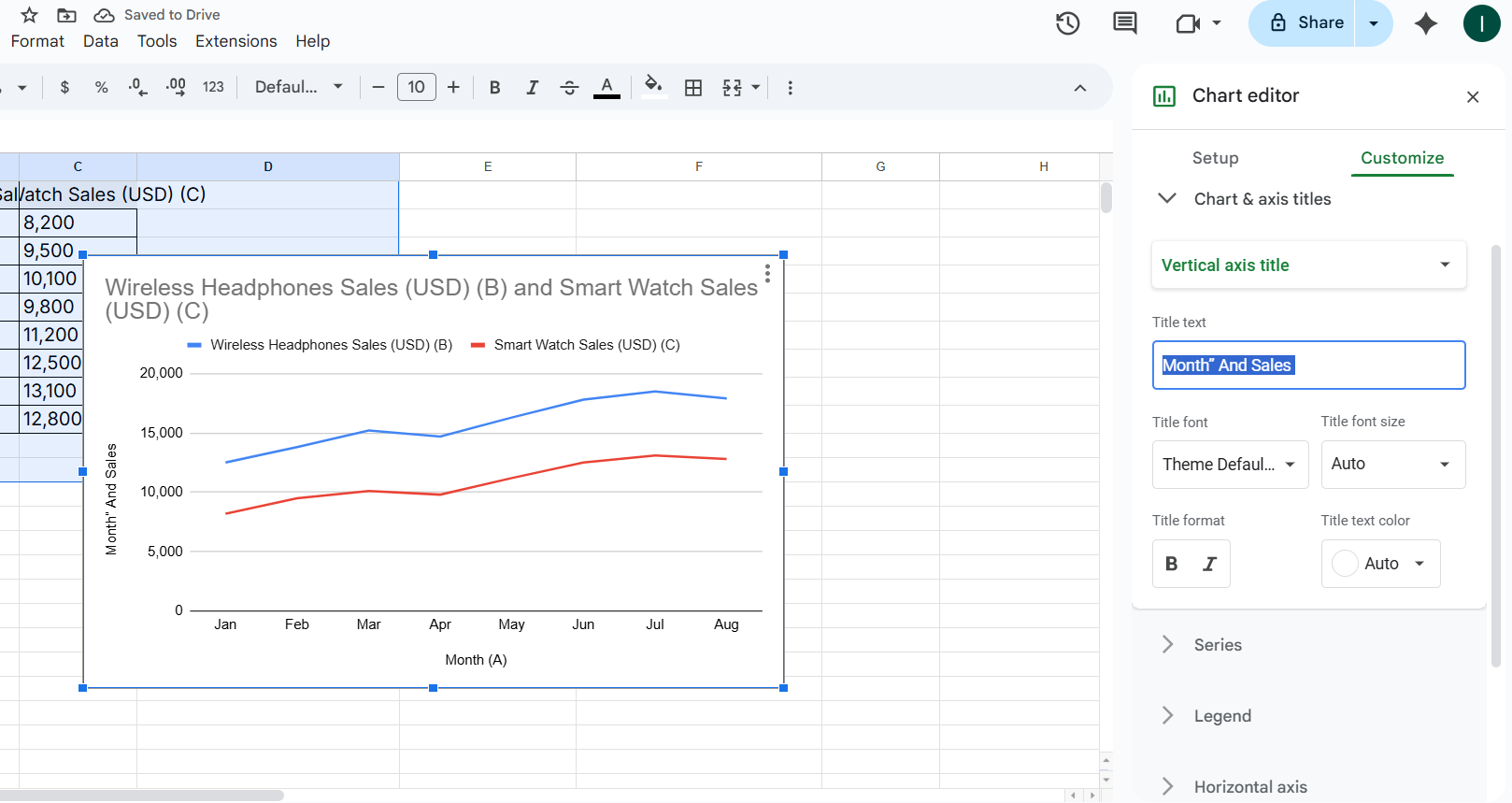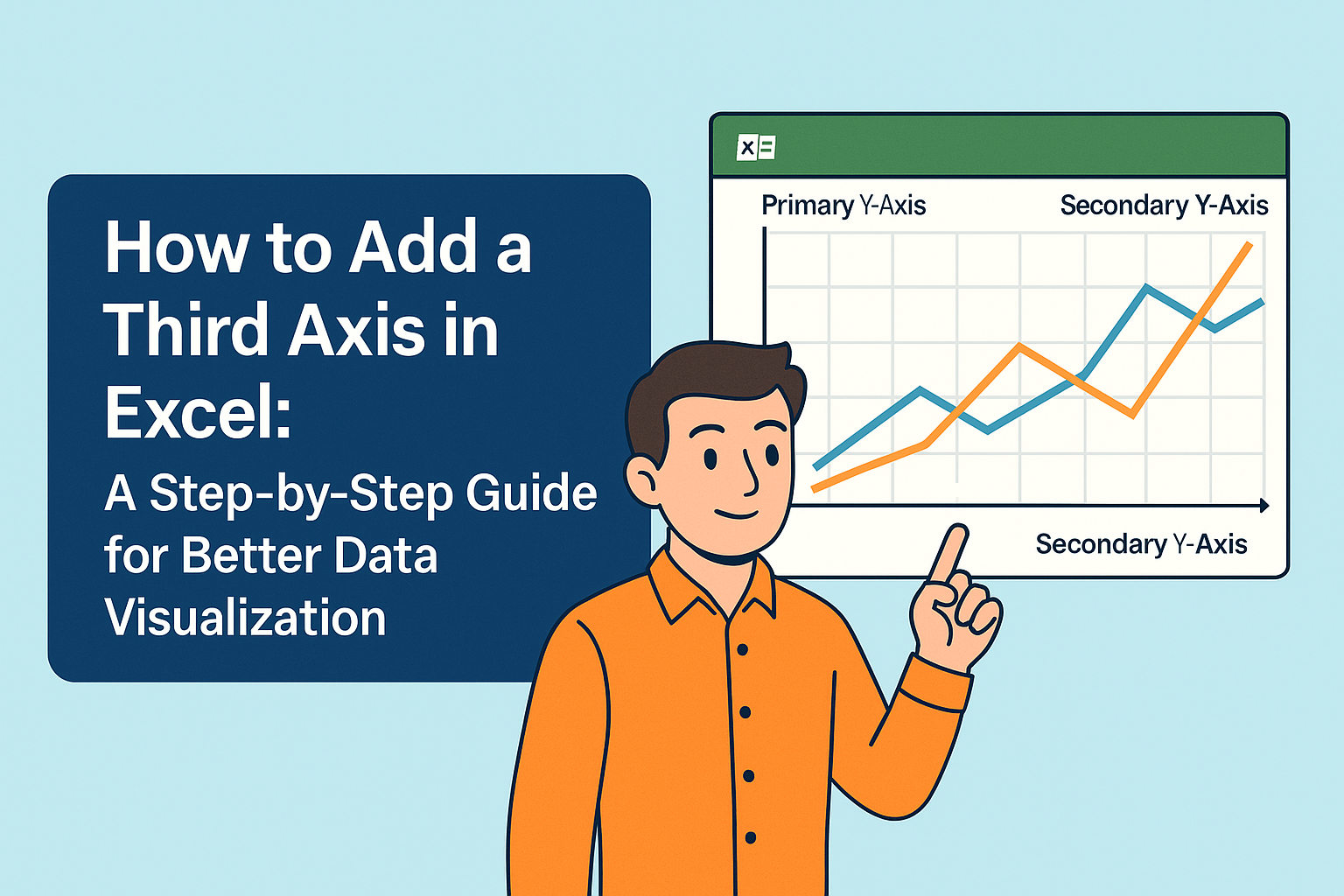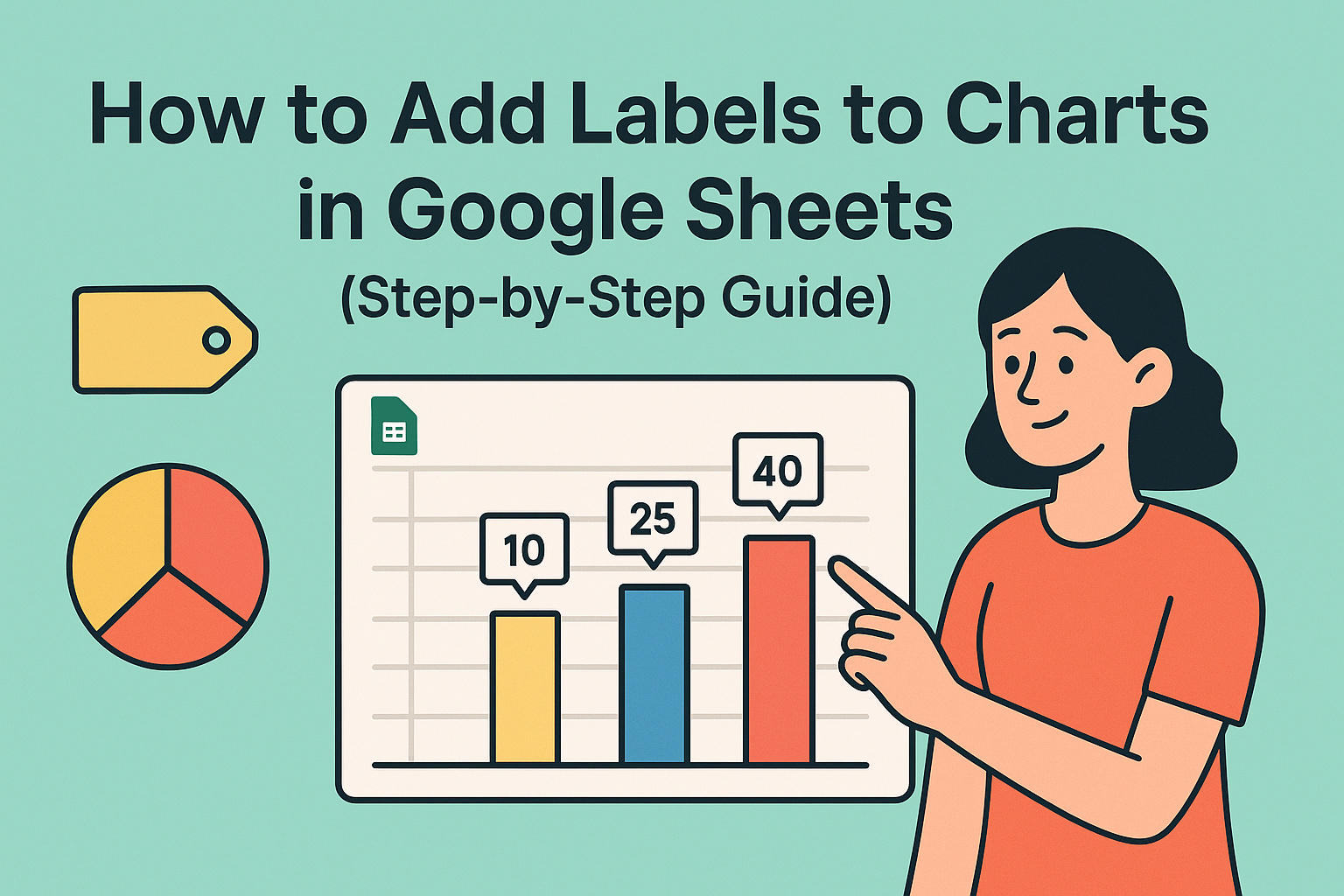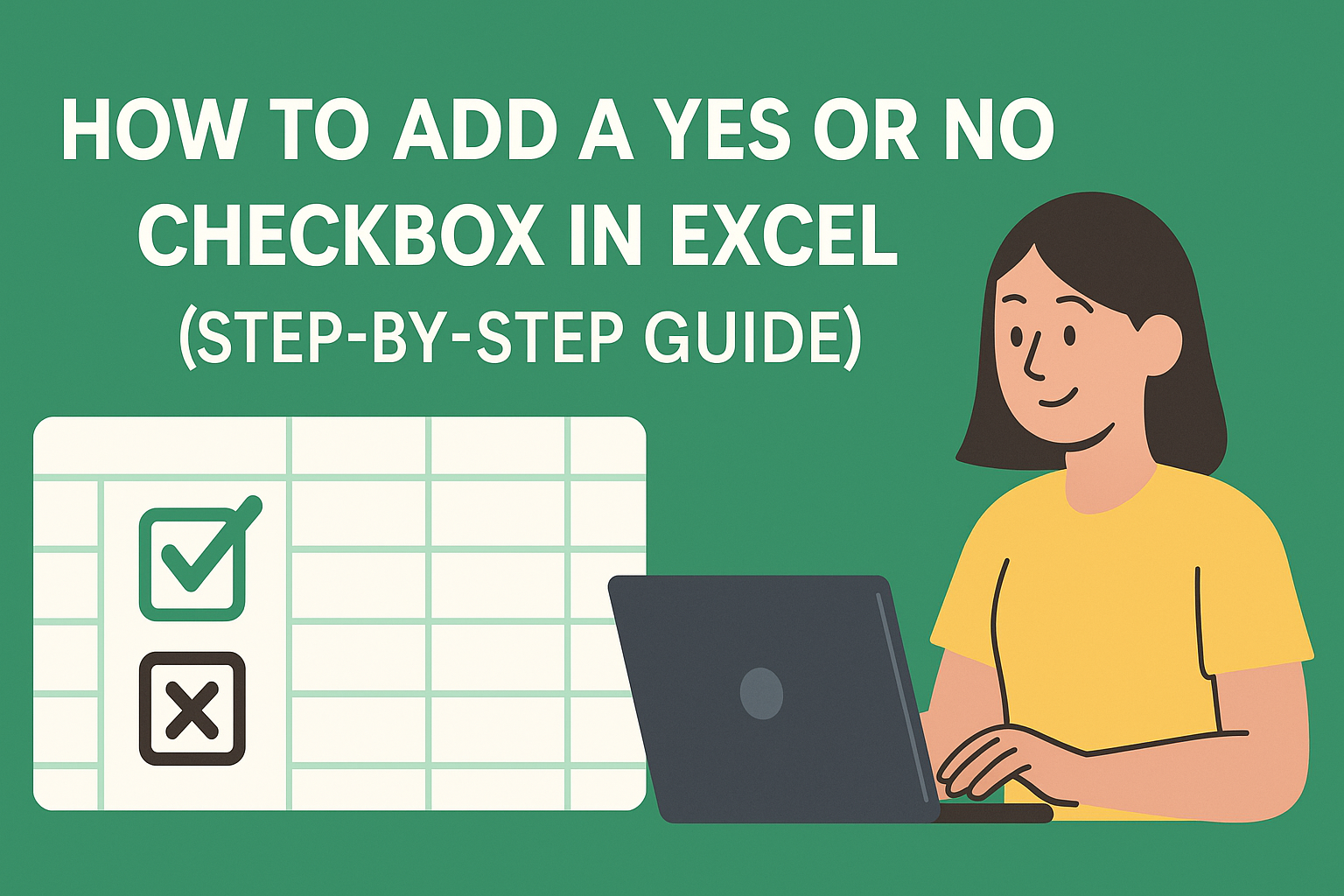Let's be real - nothing kills a great data story faster than a confusing chart. As someone who lives and breathes spreadsheets, I've seen too many brilliant insights get lost because the X and Y axes weren't properly labeled.
The good news? Adding axis labels in Excel for Mac is easier than you think. And with tools like Excelmatic, you can automate this process entirely (more on that later). But first, let's nail the fundamentals.
Why Axis Labels Are Your Secret Weapon
Imagine showing your boss a sales chart without any labels. Is that line showing monthly revenue or customer count? Without clear axis labels, you're forcing your audience to play detective.
Proper labeling:
- Instantly communicates what your data represents
- Makes your charts presentation-ready
- Saves you from endless "what does this axis mean?" questions
- Positions you as someone who pays attention to details
The Step-by-Step Guide to Adding Labels
Step 1: Select your chart by clicking anywhere on it. You'll see the Chart Design tab appear in the ribbon.
Step 2: Click "Add Chart Element" in the Chart Design tab (it's in the top-left corner).
Step 3: Hover over "Axis Titles" and select:
- "Primary Horizontal" for your X-axis label
- "Primary Vertical" for your Y-axis label

Step 4: Click the default text boxes that appear and type your descriptive labels. Pro tip: Be specific! "Monthly Sales Growth (%)" beats just "Sales" any day.
Pro Tips for Next-Level Charts
Want to make your charts stand out? Try these quick upgrades:
- Font consistency: Match your label fonts to your company's branding
- Strategic positioning: Drag labels to prevent overlap with data points
- Color coding: Use subtle color differences to distinguish axes
- Rotation: For long labels, try a 45-degree angle for better readability
Common Pitfalls (And How to Avoid Them)
I've made all these mistakes so you don't have to:
The disappearing labels: If your labels vanish, check your chart type. Some (like pie charts) don't use traditional axes.
The text tsunami: Avoid cramming your entire thesis into an axis label. Keep it short but descriptive.
The mystery units: Always include measurement units (%, $, kg, etc.) in your labels.
The Excelmatic Shortcut
Here's where we change the game. While manual labeling works, Excelmatic's AI-powered charts automatically generate perfect axis labels by analyzing your data structure.
Simply:
- Import your dataset to Excelmatic
- Select "Create Chart"
- Watch as our AI suggests context-appropriate labels
- Tweak with one click if needed
It's like having a data visualization assistant who knows exactly what your chart needs before you do.
Troubleshooting Like a Pro
Ran into issues? Try these quick fixes:
- Labels cut off? Expand your chart area or reduce font size
- Text overlapping? Rotate labels or adjust axis scale
- Wrong label placement? Right-click the label and explore formatting options
Final Thoughts
Clear axis labels transform your charts from confusing to compelling. While Excel for Mac makes the process straightforward, tools like Excelmatic take it to the next level with AI-powered automation.
Remember: Great data visualization isn't about fancy effects - it's about clear communication. And it all starts with properly labeled axes.
Ready to upgrade your data game? Excelmatic helps you create presentation-ready charts in seconds, complete with perfectly formatted axis labels. Because your time is better spent analyzing insights than formatting charts.






